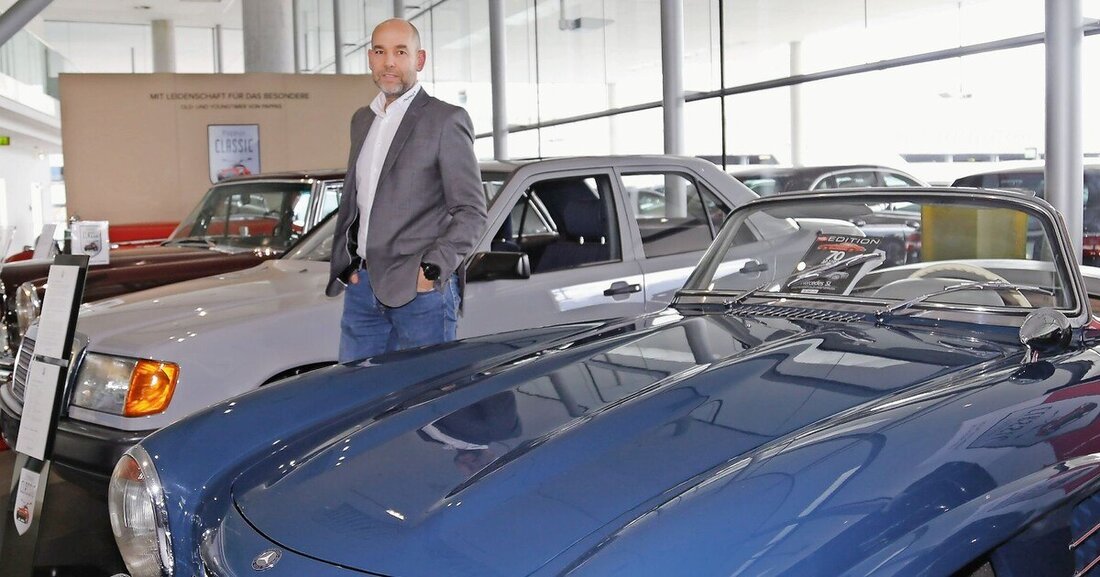The best oil for old engines
When it comes to choosing the right oil for old engines, there is only one motto: Nothing synthetic!

The best oil for old engines
Low-viscosity synthetic oils are generally not suitable for the engines of classic cars. “The thin oil quickly reaches places that are difficult to lubricate, such as rocker arm shafts, cylinder heads or camshaft bearings,” explains Harry Hartkorn, team leader in application technology at Liqui Moly. But at high temperatures there is no sufficient lubrication, especially in the crankshaft and connecting rod bearings. Classic cars and even older classic cars have engines with different materials, manufacturing tolerances and oil change intervals than modern cars.
A big difference between today's oils for classic cars and those of the past is their performance spectrum. “Modern vintage car oils are significantly superior to the earlier ones because they meet the requirements of classic engines and have the wear protection properties of the latest lubricant technology,” explains technology specialist Hartkorn. Then as now, lubricants are important elements of engine design. Lubrication is just one of many tasks. The oil must thermally relieve the engine, seal it, protect it against signs of wear and corrosion and ensure engine performance. Previous ones cannot be compared with the designs and loads of today's units. This is precisely why tailor-made oils are so important so as not to risk engine damage.
Dietmar Schmid, application engineer at Liqui Moly, turns the wheel back on engine construction and lubricants: "What was there back then - little to no additives, purely mineral-based lubricating oils, which are referred to as unalloyed oils and which essentially differed from the base oil quality and different viscosity classes." Compared to modern high-tech oils, these lubricating oils were simple in structure and had fewer additives. Since classic single-grade engine oils have a much lower flow or spin-off behavior compared to synthetic oils, they remain and adhere better to metallic surfaces and therefore offer significantly better wear protection.
According to motor oil expert Schmid, the material from which the bearings are made is crucial for the lubricant to be chosen: "Tinplate bearings were usually installed until around the time of the Second World War and unfortunately these do not withstand high-performance motor oils, their properties are affected over time and bearing damage occurs." In any case, Schmid recommends checking whether bronze bearings have already been installed during an engine overhaul or whether tinplate bearings are still present. Unalloyed oils behave neutrally compared to bearings made of tinplate and offer a good lubrication function. "These oils are basically single-grade oils and have no HD properties, and therefore no dirt-carrying capacity," says Schmid and adds: "For vintage and especially pre-war engines, you shouldn't simply choose an SAE 30 oil, for example. Because these are also available as HD oils, which are just as unsuitable for tinplate bearings as lubricants from the API SC specification and higher as well as multi-grade oils, such as an SAE 20W-50. For engines with tin plate bearings, however, oils with the specifications API SA and API SB can be used.”
In engines without oil filtering, dirt and abrasion should separate from the oil and sink into the oil pan. An HD oil that has dirt-carrying capacity would allow it to circulate and thus promote wear in bearings. Not so with unalloyed oils: In order to ensure wear protection, it is important to use an unalloyed monograde oil in such engines. Therefore, when changing the oil, the old oil should be drained while it is hot so that dirt and abrasion are rinsed out well.
Hard to believe: Old engines were still required to have engine oil change intervals of 1,000 kilometers. Due to the development of oil additives and the installation of gap filters to better separate dirt and abrasion from the engine oil, as well as the introduction of bronze bearings, engine oil change intervals have approximately tripled. With the development of HD multi-grade engine oils, it was possible to drive all year round, and in combination with the oil filter cartridge, which replaced the gap filter, the oil change intervals also increased quickly from 5,000 to 7,500 to more than 10,000 kilometers. “Today, engine oil is no longer selected based on the viscosity class, but rather the manufacturer's operating instructions must be strictly adhered to,” says Schmid, outlining the development of the past decades. (A. Tempelmayr)

 Suche
Suche
 Mein Konto
Mein Konto